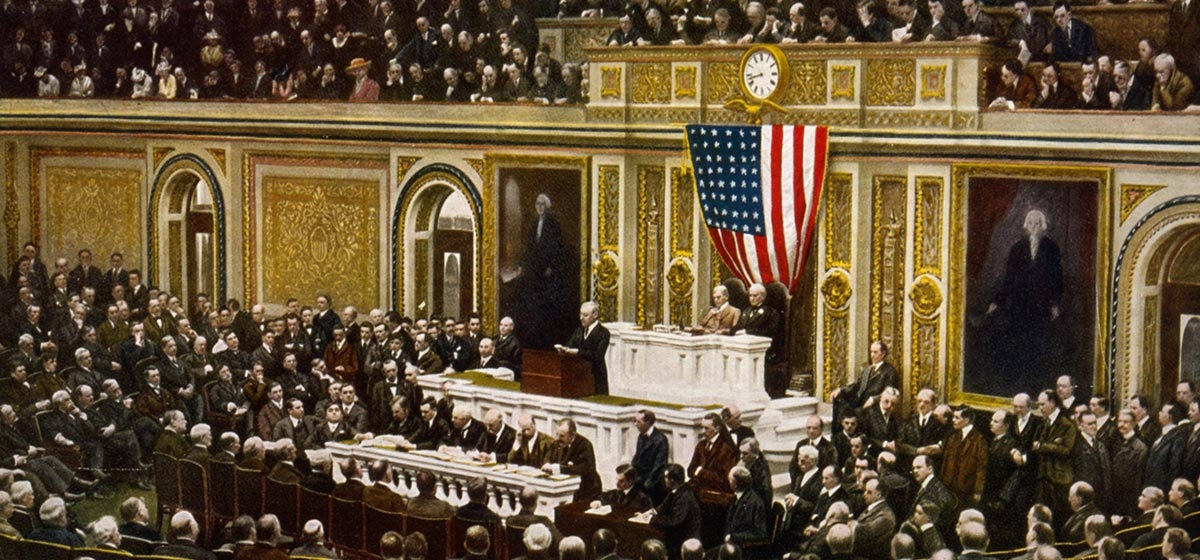Democracy, Populism, and the Tyranny of the Experts, Part IX

“The complexity of modern life has steadily whittled away the functions the ordinary citizen can intelligently and comprehendingly perform for himself…When he sits down to breakfast and looks at his morning paper, he reads about a whole range of vital and intricate issues and acknowledges…that he has not acquired the competence to judge most of them.” – Richard Hofstadter
Suppose that we knew—knew with absolute certainty—that American democracy would end within a decade. It would end because the vast majority of Americans believed that democracy had, for all practical purposes, already been toppled by the tyranny of the experts.
What would we do about it? What could we do about it?
The tyranny of the experts has been a growing problem for more than half a century. Back in 1960, Friedrich Hayek wrote that “the greatest danger to liberty” comes from unelected experts who dominate us “with what they regard as the public good.” Since that time, a variety of efforts have been mounted to control—not eliminate or replace—experts and shift power and dignity back to ordinary people. Let’s look at some of those efforts.
Legislative efforts
Back in the 18th century, it no doubt seemed perfectly sensible to imagine that a few elected politicians sitting in Washington, D.C. could run the country. But today, with a wildly diverse, hyper-boisterous population of more than 300 million, the notion seems quaintly ridiculous.
Writing in “The Federalist Papers,” James Madison opined that “In republican government, the legislative authority necessarily predominates.” But today Congress is far and away the least powerful of the three branches of government, not really governing at all in any real sense. Instead, Congress simply serves, as Adam White has pointed out, as an “ombudsman” for the vast Federal regulatory apparatus that is what is in fact needed to run the country. In other words, Congress only steps in when the experts who really make the rules wildly overstep their bounds.
In addition to the obvious inability of a few hundred politicians to run a huge, complex country, there are other reasons why Congress is a non-player in the governance system. One is that, over the years, Congress has created so many sacred cows—defense spending, entitlements, interest payments on the government’s immense debt—that there is no money left for anything else.
Not counting the Huna Tlingit Traditional Gull Egg Use Act, over the past decade Congress has passed exactly two important pieces of legislation, the Affordable Care Act and Dodd-Frank. What do these people do all day? When voters complain that Congressional partisanship is so divisive, I am reminded of Henry Kissinger’s remark about university professors: faculty disputes are so bitter precisely because the stakes are so small.
That said, back in 1996 Congress passed and President Clinton signed the Congressional Review Act, designed to reign in what even then was viewed as an out-of-control pack of experts populating the Federal regulatory zoo. The CRA allows Congress to overrule any regulation issued by any government agency, so long as Congress acts within 60 legislative days of the regulation’s issuance.
Of course, given the colossal mountain of regulations pouring out of Federal agencies every day, the idea that Congress could bestir itself to overrule even a tiny portion of them is obviously silly. In 2015, for example, Federal agencies set a new all-time record by issuing a staggering 81,611 pages of regulations. Between the enactment of the CRA in 1996 and the end of the Obama Administration, roughly one million regulations were issued. Of these, Congress, in its infinite wisdom, overruled one. (It was an obscure OSHA rule mandating ergonomics management programs for manufacturers.)
In terms of combating the tyranny of the experts, and thus (as postulated in this post) saving American democracy, the CRA is obviously a major bust. (Although, as we’ll soon see, it has been rejuvenated under the anti-expert Trump Administration.) Aside from the lethargy of Congress since the act was passed, the real trouble is that the CRA wasn’t designed to combat the tyranny of the experts. In 1996, no one in Congress had read these blog posts and hence our estimable Congresspersons weren’t aware of the growing danger to democracy from ever-crescive expert oppression.
No, the purpose of the CRA was simply to provide a convenient mechanism for Congress to get rid of regulatory rules when Congress believed they were wrong. Congress might believe a rule was wrong because it lacked statutory support or because Congress disagreed with the rule. In the latter case, though, even Congresspersons must wonder how a bunch of non-expert politicians would know better than the regulatory experts, but that’s a separate subject.
In any event, the thrust of my issue with experts—including Your Humble Blogger, who claims to be an expert in not one, but two fields—isn’t that they are sometimes wrong. Of course they will sometimes be wrong. But in this series of posts I’m conceding that experts will be right a lot more often than non-experts. That’s not the issue, and hence the CRA, and Congress in general, isn’t the solution.
Fortunately, there are other fronts in the war against the tyranny of the experts, and we’ll look at those next week.
Next up: DP&TE, Part X





